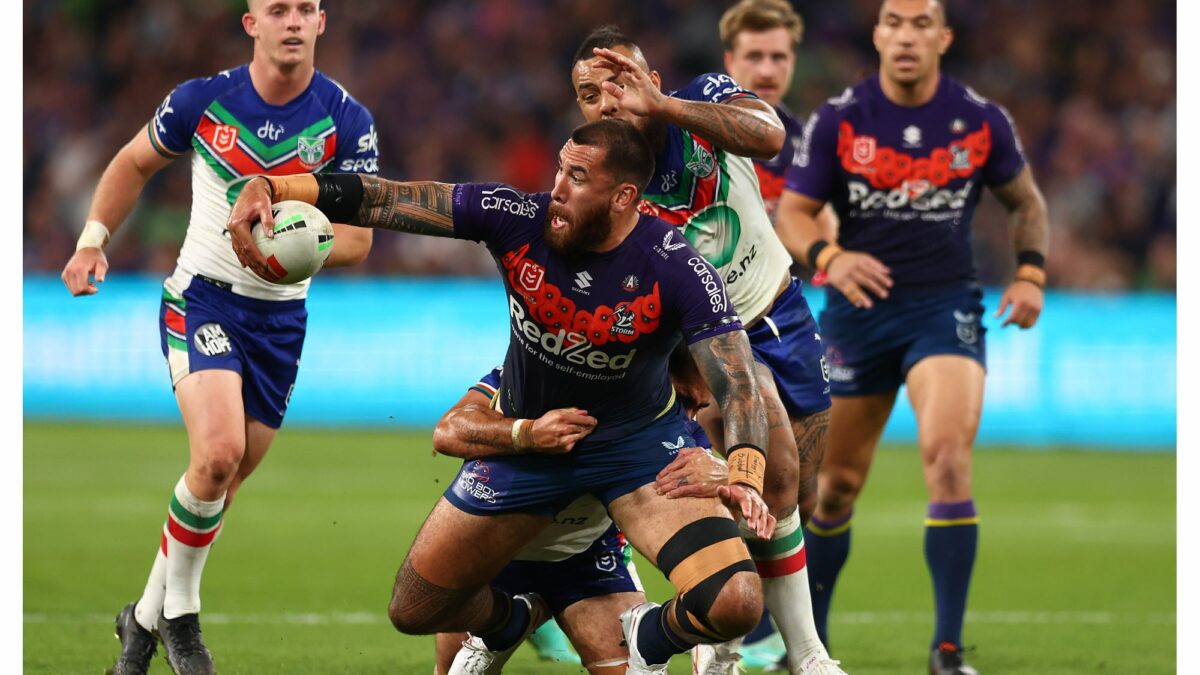The AFL should lead the way in proposing better-value, cheaper stadiums – without having to rely so much on the taxpayer
In the times we’re now living in it makes sense to keep costs down. That’s true whether you’re talking about a household budget or an AFL team.

The cost of living crisis and general economic anxiety are creating an environment in which government spending is coming under increased scrutiny by the public, with sport coming in for particular attention.
The cost of stadiums has come in for criticism and proposed venues in Brisbane and Tasmania have created a major political issue in both cases.
Some sports fans may dismiss such concerns as par for the course, they say that “stadiums aren’t cheap” and just say “suck it up”.
But the general public who pay taxes for them may have a different opinion and it is important to keep them onside.
Left unabated, stadium costs could rise to such high levels that they cause serious backlash. The case of the recent proposal for the Victoria Park Olympic Stadium in Brisbane is a watershed.
At a budgeted cost of $3.4 billion, it would have been the most expensive stadium in Australian history and would have been enough to build four contemporary major stadiums.
For example; the recent knockdown and rebuild of Sydney Football Stadium at Moore Park cost $828 million, the construction of Optus Stadium in Perth cost $820 million and the Adelaide Oval redevelopment cost $535 million in 2014, which works out to $680 million today.
But you can also make other comparisons.
Just to put $3.4 billion into perspective, a Canberra Class LHD, the largest ship class in the Australian Navy, cost $1.55 billion in 2007 working out to $2.37 billion today; still falling a billion short.
While in the Royal Navy, the HMS Agincourt, a nuclear submarine still under construction, is set to launch at a cost of £1.64 billion, or $3.17 billion once converted.
If you want to use buildings however, then the Pentagon cost US$83 million when it was built which works out to US$1.28 billion in 2022, or $1.9 billion once converted.
That’s for a building with 600,000 sqm of floor space, used by 26,000 military and civilian personnel. Yet that still falls $1.5 billion short of the Victoria Park proposal.
Or here in Australia, there’s the New Parliament House, which cost $1.1 billion in 1988, or $2.97 billion in 2023 dollars. That’s for a building with 250,000 sqm of floor space, including 4,500 separate rooms.
Not to mention the million cubic meters of earth and rock that had to be excavated and then used to cover the building, or the collection of 6,500 works of art and other heritage objects kept inside. Don’t forget the ten thousand construction workers, either.
The Victoria Park proposal was cancelled due to cost, presenting an important lesson for what can happen if costs reach too high.
Another important case study right now is the Macquarie Point Stadium proposal for the Tasmania Devils AFL bid. This is budgeted at $715 million for 23,000 seats.
This has also become a major political issue due to cost, and its future is now uncertain. At a cost of $715 million for 23,000 seats, that works out to $31,086 per seat.
Although with cost overruns the total build could even hit a billion, which would work out to $43,478 per seat. It’s little wonder then that despite huge overall community support for a team, that sentiment on the stadium may differ.
But what if a different design was used?
Carrara Stadium on the Gold Coast which has 27,500 seats, cost $144 million in 2011, which works out to $195 million today, or $7,090 per seat.
Wellington Regional Stadium in New Zealand cost NZ$130 million in 2000 with 34,500 seats at NZ$6,521 per seat, which works out to $225m today once converted.
This would give you a cost of between $137 million to $163 million for a 23,000-seat stadium.
Sports opinion delivered daily
With the Tasmanian government paying half the total, this would equate to between $68.5 million and $81.5 million paid for by the state. That would be a much easier sell with voters.
A stadium similar to Carrara or Wellington would also be well suited to the Brisbane Lions, in fact, it would cost less than the upkeep and renovations on The Gabba and would even fit within the same footprint.
Also, unlike a major stadium like Victoria Park or Optus Stadium, it wouldn’t require a second Brisbane AFL team to help share the bills.
As you can see, in the times we’re now living in it makes sense to keep costs down. That’s true whether you’re talking about a household budget or an AFL team.
The cost of stadiums plays a very big part in that equation and it’s a good idea to keep them down.
In the same way that the IOC is now advocating for lower-cost Games bids, the AFL should be encouraging and advocating for lower-cost stadium designs.
What's Your Reaction?















































![IPL 2024 [WATCH]: KKR skipper Shreyas Iyer shakes his leg on SRK’s ‘Jhoome Jo Pathaan’ song with a female fan](https://crickettimes.com/wp-content/uploads/2024/03/Shreyas-Iyer-grooving-on-Jhoome-Jo-Pathaan-song-IPL-2024.webp?#)





